Describe the Four Layer of the Tcp Ip Suite
All seven layers are merged into four layers only. Explain the advantages and disadvantages of the OSI reference Model.
Government agency that initially developed TCPIP.

. TCPIP was designed to be independent of networking Hardware and should run across any connection media. TCP refers to Transmission Control Protocol. Application layer Transport layer Network layer Data link layer 1.
Instead of 7 layer of OSI reference model. The illustration below shows that the TCPIP suite also called the TCPIP stack appears in the Network Layer of the OSI. TCPIP follows a horizontal approach.
TCPIP suite model consist only four layer. The TCPIP model consists of five layers. TCPIP suite model was designed and implemented by.
Network Layer The Network Layer maintains network connections and separates the top layer protocols from the intricacies of the underlying network. In this section of the article I describe about TCPIP suite model basic concepts in detail. Major industry vendors assume that the physical layer is included in the.
The 4 layers of the TCPIP model TCPIP functionality is divided into four layers each of which includes specific protocols. Describe the four layers of TCPIP and explain their operational function and provide their PDU Protocol Data Unit name. Explain the advantages and disadvantages of the TCPIP model.
In the OSI model the transport layer is only connection-oriented. What is the TCPIP Reference Model. There are three different protocols used in this layer.
IP is responsible for the following. TCPIP has four layers. Layers of OSI Model TCPIP Model Physical layer Network Devices Hub Repeater Bridge Switch Router Gateways and Brouter Types of Transmission Media Transmission Modes in Computer Networks Simplex Half-Duplex and Full-Duplex Analog to Digital Conversion Digital to Analog Conversion Wireless Communication Set 1.
The whole functionality of TCP IP is organized into four abstraction layers viz link layer internet layer transport layer and application layer. This layer includes applications or processes that use transport layer protocols to deliver the data to destination computers. These layers classify all the related protocols of TCP IP according to the scope of networking involved in it.
The Internet protocol suite commonly known as TCPIP is the set of communications protocols used in the Internet and similar computer networksThe current foundational protocols in the suite are the Transmission Control Protocol TCP and the Internet Protocol IP as well as the User Datagram Protocol UDP. The four layers of original TCPIP model are Application Layer Transport Layer Internet Layer and Network Access Layer. The entities could for example be two application programs in an.
The 4 layers are as follows. TCPIP uses only the Internet layer. TCPNetwork IPs Layer which protects the top layers from the IP is the name for the underlying network that controls data addressing and delivery.
Layers of the TCPIP Model 1. Application Transport Internet Network Interface layers. This layer includes the powerful Internet Protocol IP the Address Resolution Protocol ARP and the Internet Control Message Protocol ICMP.
TCPIP is normally considered to be a 4 layer system. TCPIP suite model is a reference model like OSI layers. The TCPIP protocol suite consists of many protocols that operate at one of 4 layers.
While the ISO Model generically identifies the seven protocol layers used to achieve robust communications the TCPIP is a particular suite of protocols adopted as the global standard for Internet-based communications. The Application Layer in TCPIP Model. Another integral part the Transmission Control Protocol is a reliable communication.
- Because it provides the basic framework for Internet communications TCPIP is sometimes also referred to as the Internet Protocol Suite. The application layer provides applications with standardized data exchange. During its development versions of it were known as the.
The Transmission Control Protocol performs this job in TCPIP TCP. OSI follows a vertical approach. The TCPIP Reference Model.
OSI layers have seven layers. Computer Science Engineering Technology Information Security SECURITY VU21988. Advantages and Disadvantages of the OSI Model.
The Transport Layer in TCPIP Model. Network Access Layer The Important principles to design the model Support for a flexible architecture. A protocol is a set of rules or standards that two entities must follow so as to allow each other to receive and interpret messages sent to them.
UDP User Datagram Protocol a connectionless protocol for data transfer. - A reference model that describes the process of network communication based on the TCPIP suite of network protocols. One of the most important protocols.
The protocol suite is named after two of the most common protocols TCP transmission Control Protocol and IP internet Protocol. Application layer This is the top layer of TCPIP protocol suite. Internet Layer Internetwork Network Interface Layer Data-linkLink Physical Layer.
The application layer transport layer network layer data link layer and physical layer. Its protocols include HTTP FTP Post Office Protocol 3 Simple Mail Transfer Protocol and Simple Network Management Protocol. The four layers of the DARPA model are.
The IP protocol and its associated routing protocols are possibly the most significant of the entire TCPIP suite. TCP Transmission Control Protocol a connection-oriented protocol that enables reliable data transfer between two computers. The TCPIP Protocol Suite.
ICMP Internet Control Message Protocol used to detects and reports network error conditions. OSI uses the network layer to define routing standards and protocols. Adding more machines to a network was easy.
The TCPIP protocol suite maps to a four-layer conceptual model known as the DARPA model which was named after the US. Conceptually the TCPIP protocol stack consists of four layers each layer consisting of one or more protocols.

Tcp Ip Vs Osi Model What S The Difference
What Are The Main Function Of Each And Every Layer Of Tcp Ip Network Model Quora

The Internet Protocol Suite Article Khan Academy

The Tcp Ip Protocol Suite Youtube
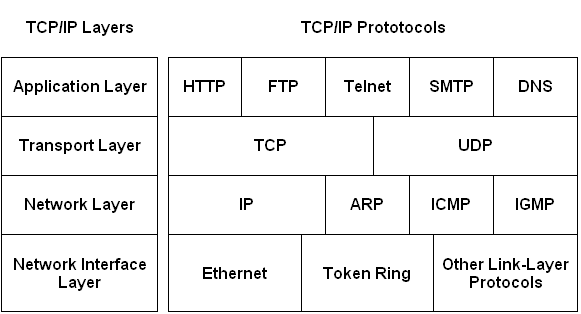
The Tcp Ip Protocol Framework Networking Tutorial
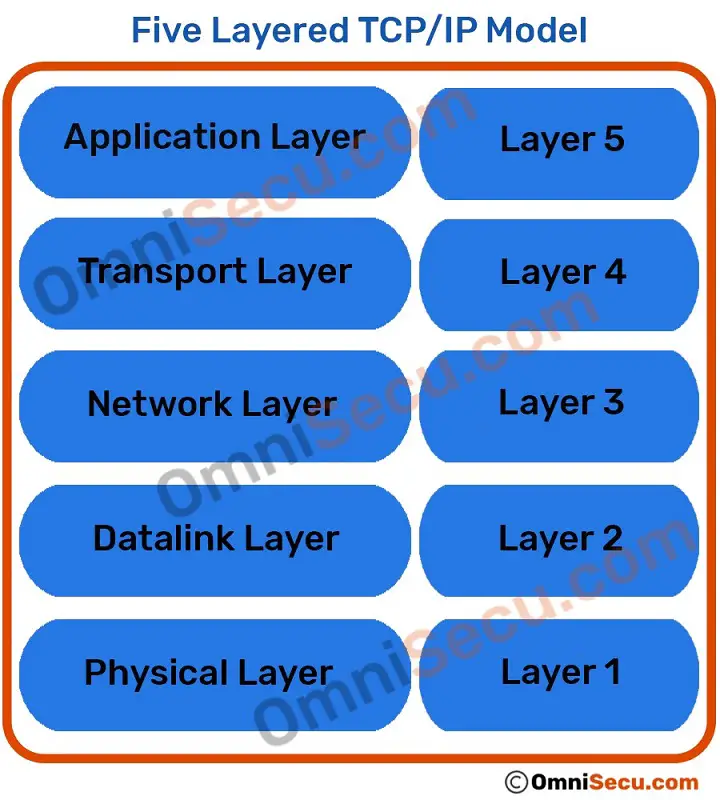
Comparison Between Four Layered Tcp Ip Model And Five Layered Tcp Ip Model
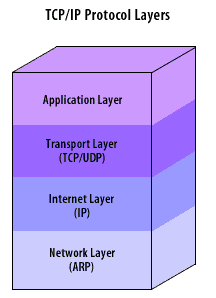
Tcp Ip Network Security Osi Model
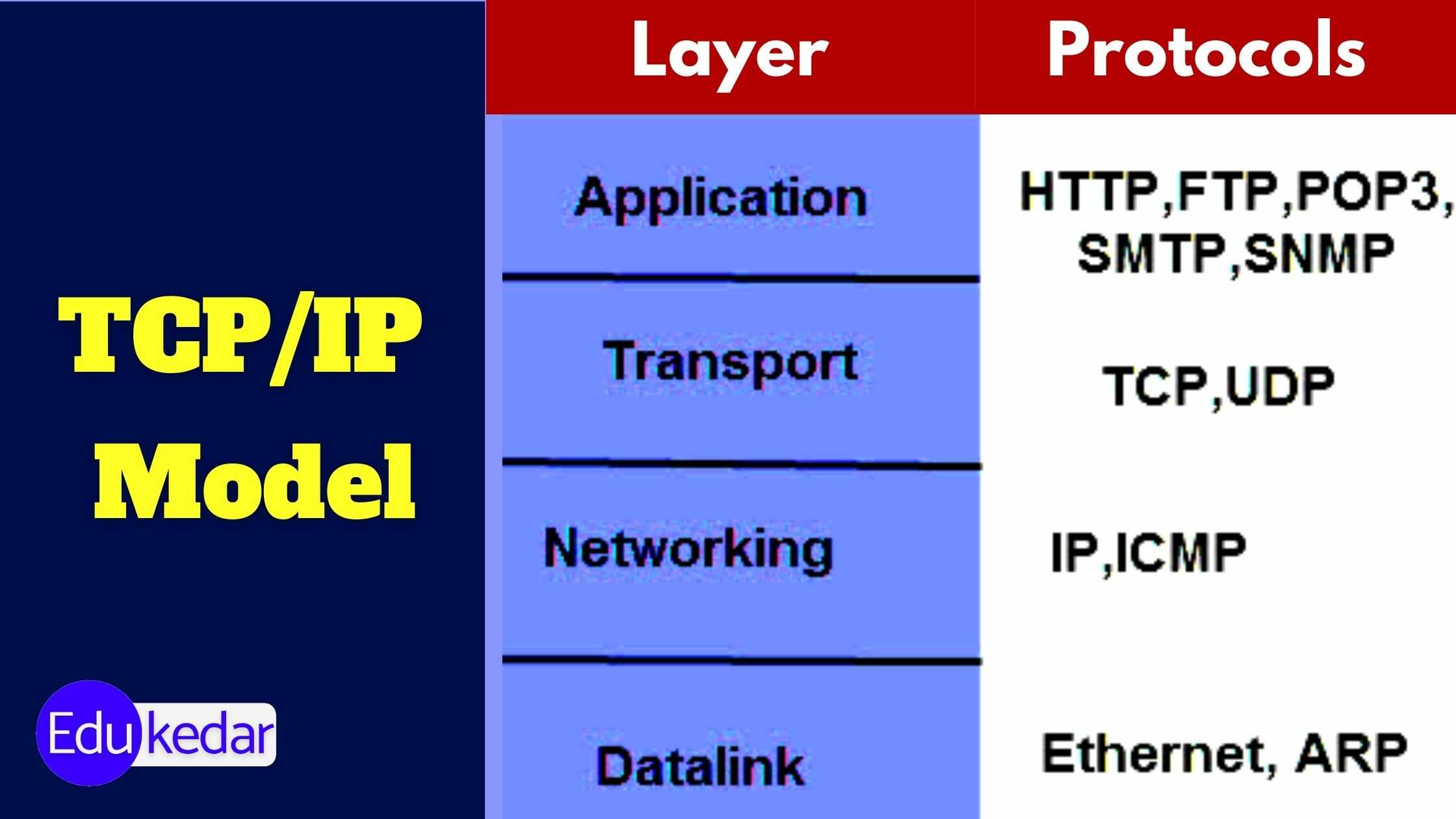
Tcp Ip Model Internet Protocol Suite Functions Icmp Transport Layer

Osi Model And Tcp Ip Network Models A Must Have Concept To Understand Before You Move Deeper In Your Networking Adventures Home
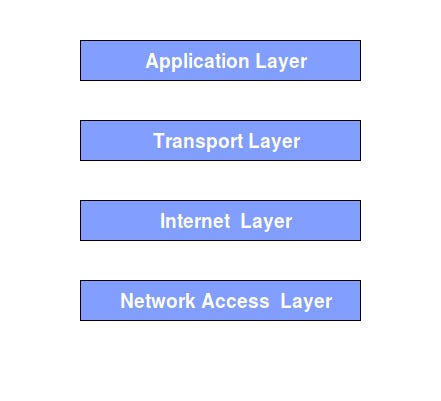
Learning The Tcp Ip Protocol Suite By Vikas Yadav Codeburst
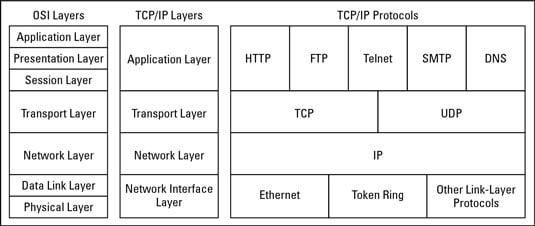
Network Basics Tcp Ip Protocol Suite Dummies

What Is The Tcp Ip Model And How It Works

Computer Network Tcp Ip Model Javatpoint
What Are Real Life Examples Of Tcp Ip Quora
The Tcp Ip Guide Tcp Ip Architecture And The Tcp Ip Model
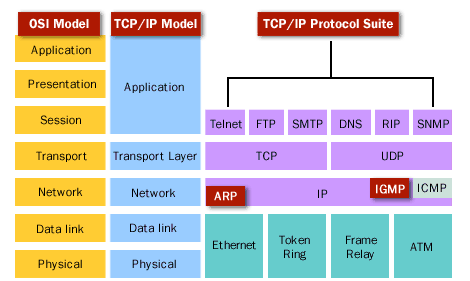
Tcp Ip Protocol Suite Define Components
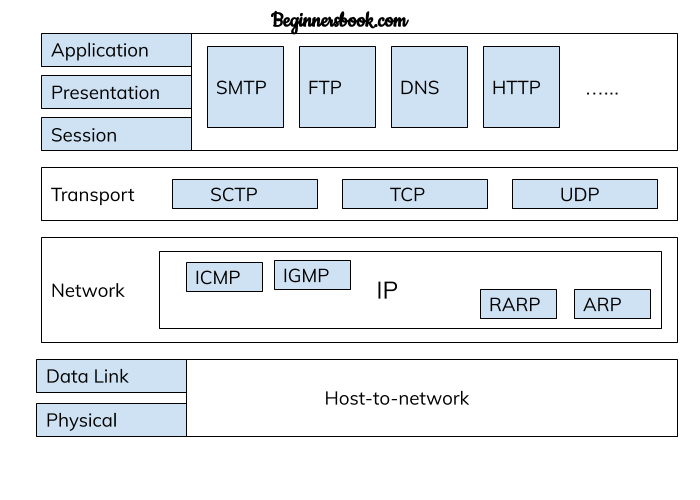
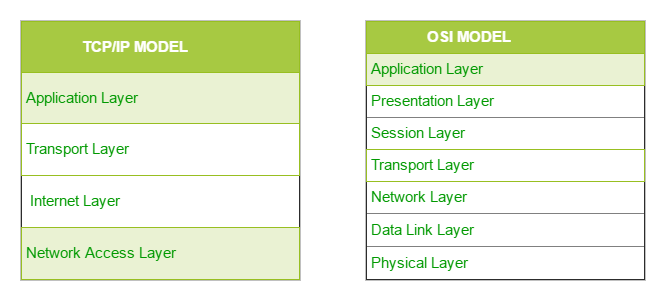
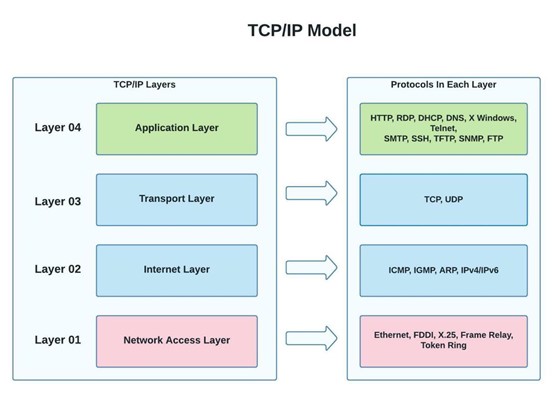

Comments
Post a Comment